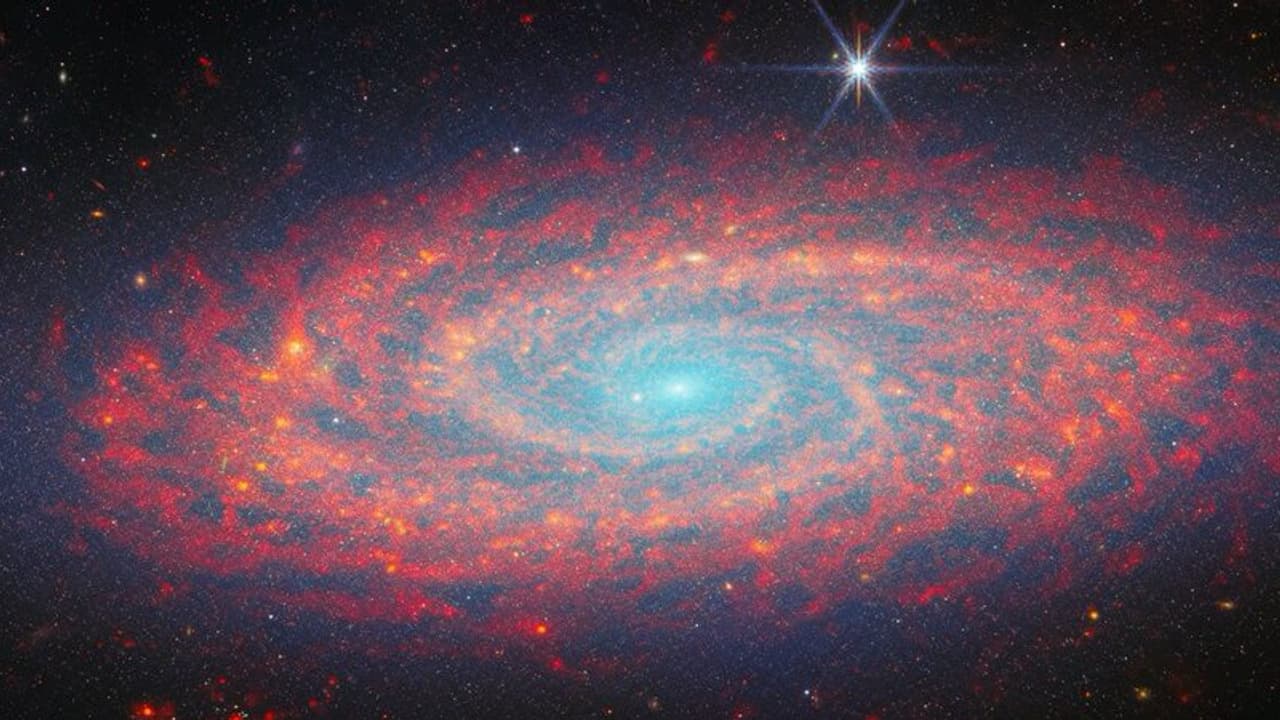A team of astrophysicists from Radboud University in the Netherlands has concluded that the cosmos is racing toward its end far faster than previously imagined.
A team of astrophysicists from Radboud University in the Netherlands has concluded that the cosmos is racing toward its end far faster than previously imagined—collapsing all known timelines of celestial death into a singular, staggering number: one quinvigintillion years.

That’s a 1 followed by 78 zeroes—a colossal figure, but still dwarfed by the previously accepted estimate of 10¹¹⁰⁰ years, a number so vast it borders on incomprehensibility.
This bold revision hinges on a phenomenon long associated exclusively with black holes: Hawking radiation. First proposed by the late Stephen Hawking in 1975, this theoretical process suggests that black holes slowly emit particles and radiation, causing them to 'evaporate' over eons until they vanish entirely.
Until now, scientists believed this slow fading away was unique to black holes. But in a ground-breaking twist, the Radboud researchers argue that other dense stellar remnants—neutron stars and white dwarfs—are also doomed to evaporate through a similar process.
Both of these objects represent the final evolutionary phase of stars: neutron stars are the remnants of massive stellar explosions, while white dwarfs are the quiet, dense cores left behind by smaller stars like our own sun. Though long believed to be cosmically immortal, these so-called 'dead stars' may not be as eternal as once thought.
The new calculations show that even these final embers of starlight will eventually destabilize, dissipate, and vanish. And when the last of them flickers out—after one quinvigintillion years—the universe itself will fall into complete and utter darkness.
"So the ultimate end of the universe comes much sooner than expected, but fortunately it still takes a very long time," said lead researcher Heino Falcke, professor of radio astronomy and astroparticle physics at Radboud University.
Understanding the timeline of these final deaths provides a clearer limit on how long the universe can survive. Previous projections, Falcke notes, failed to account for Hawking radiation outside of black holes, significantly overestimating the cosmos’s endurance.
The scientists based their findings on earlier research published in 2023 in Physical Review Letters, where they demonstrated that any object with a gravitational field—if sufficiently dense—could evaporate similarly to a black hole. Their subsequent calculations showed that the rate of evaporation is determined solely by the object’s density, regardless of whether it's a black hole, neutron star, or white dwarf.
This radical expansion of Hawking’s theory has already been accepted for publication by the Journal of Cosmology and Astroparticle Physics, and is currently available on the preprint server arXiv.
The mechanism behind Hawking radiation itself is a mind-bending concept. As Hawking described, temporary particle pairs can spontaneously form at the event horizon of a black hole. One is consumed, the other escapes—creating what is now known as Hawking radiation. Over vast stretches of time, these escaping particles cause the black hole to lose mass and eventually disappear—a direct contradiction to Einstein’s general relativity, which asserts that black holes only grow.
“By asking these kinds of questions and looking at extreme cases, we want to better understand the theory, and perhaps one day, we will unravel the mystery of Hawking radiation,” said co-author Walter van Suijlekom, professor of mathematics at Radboud University.


